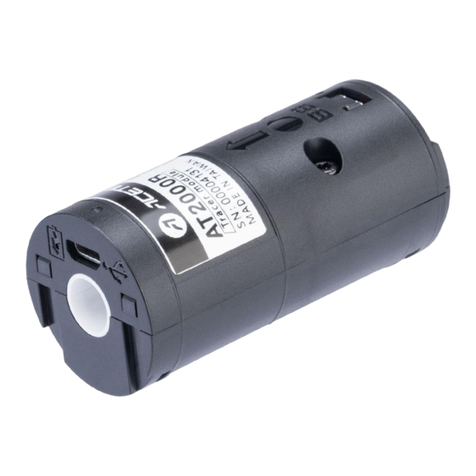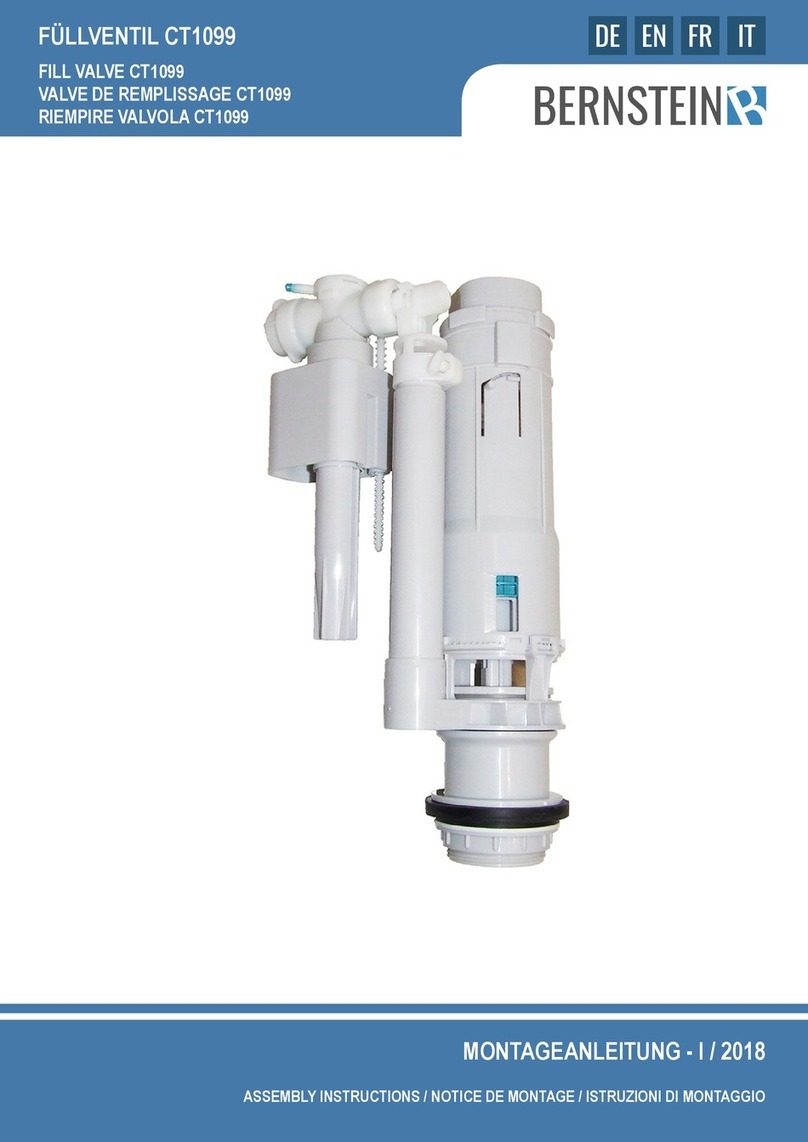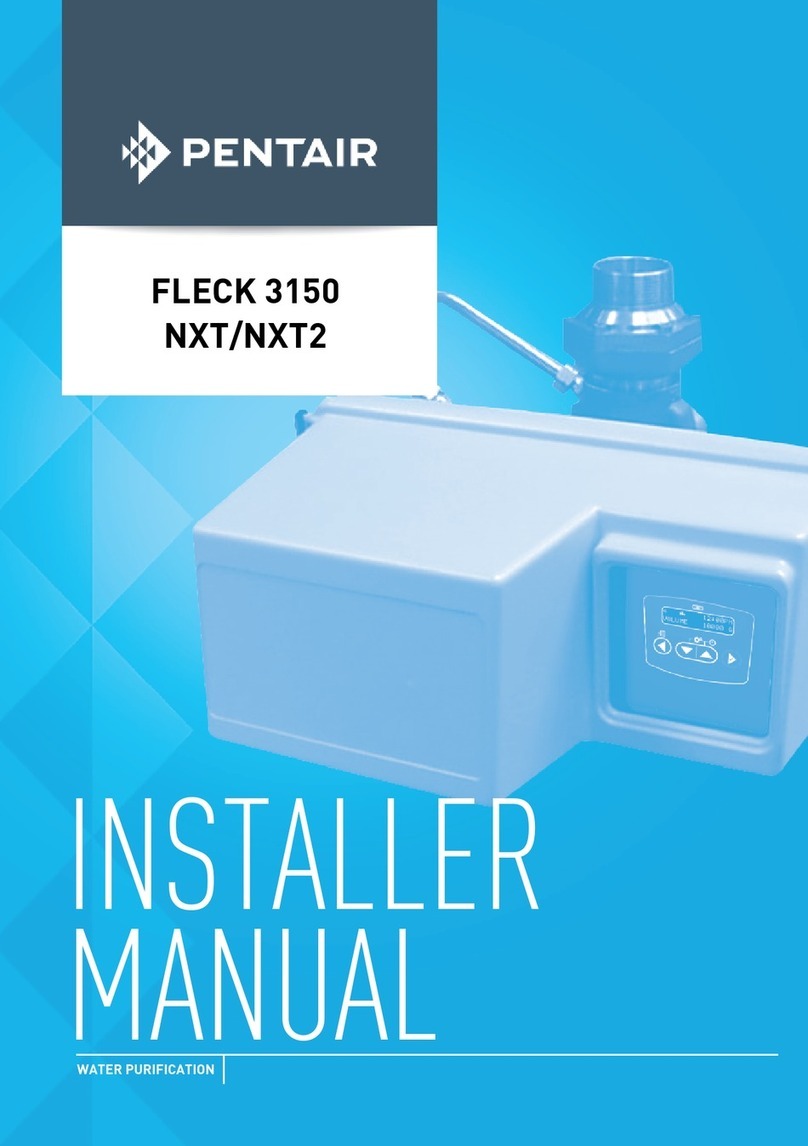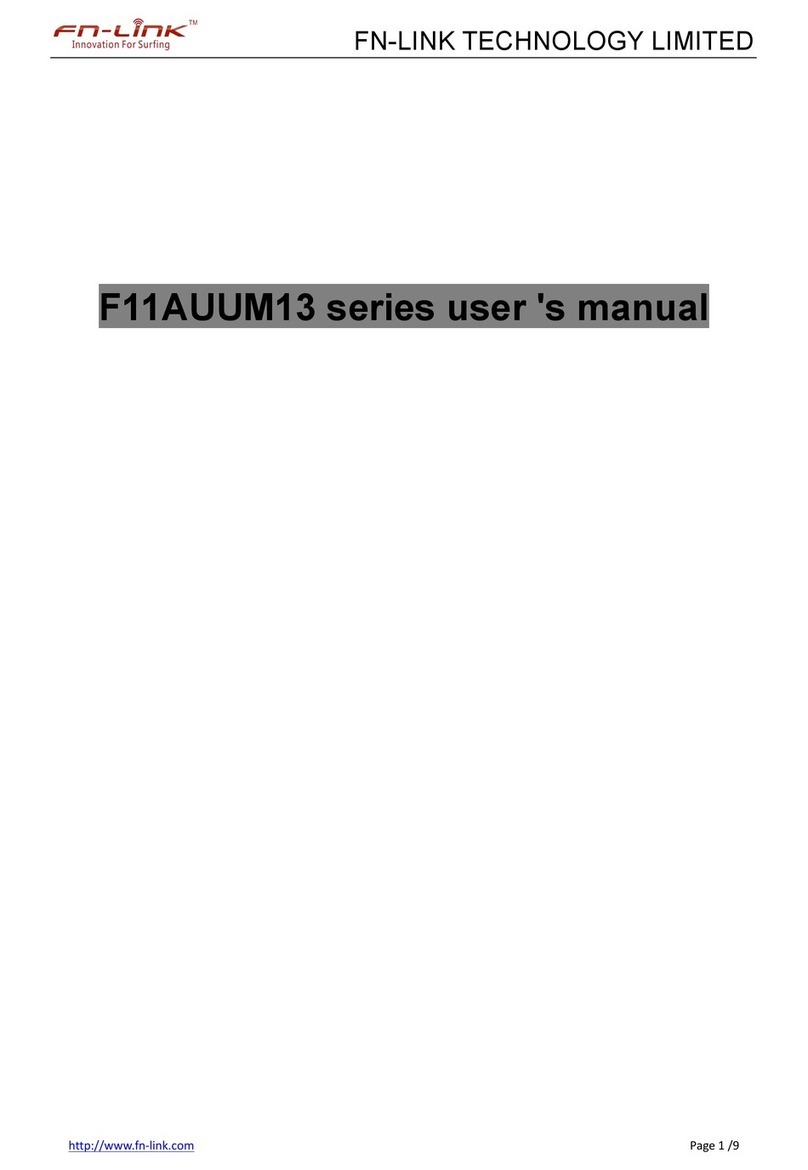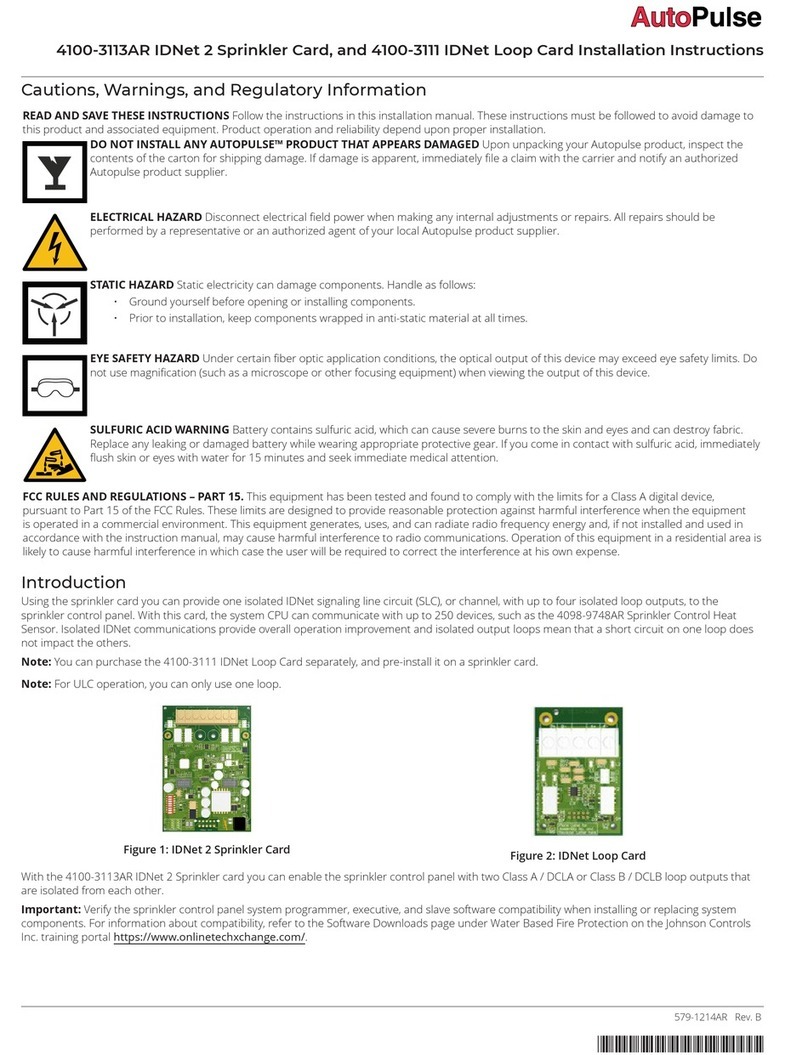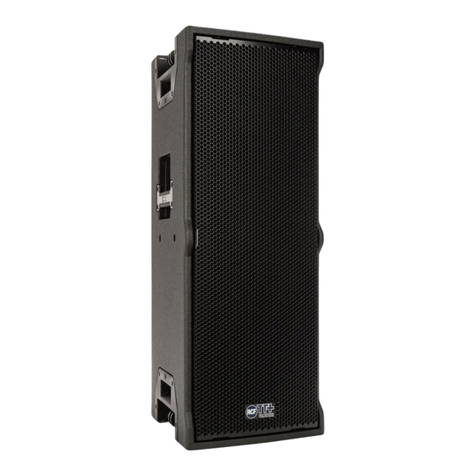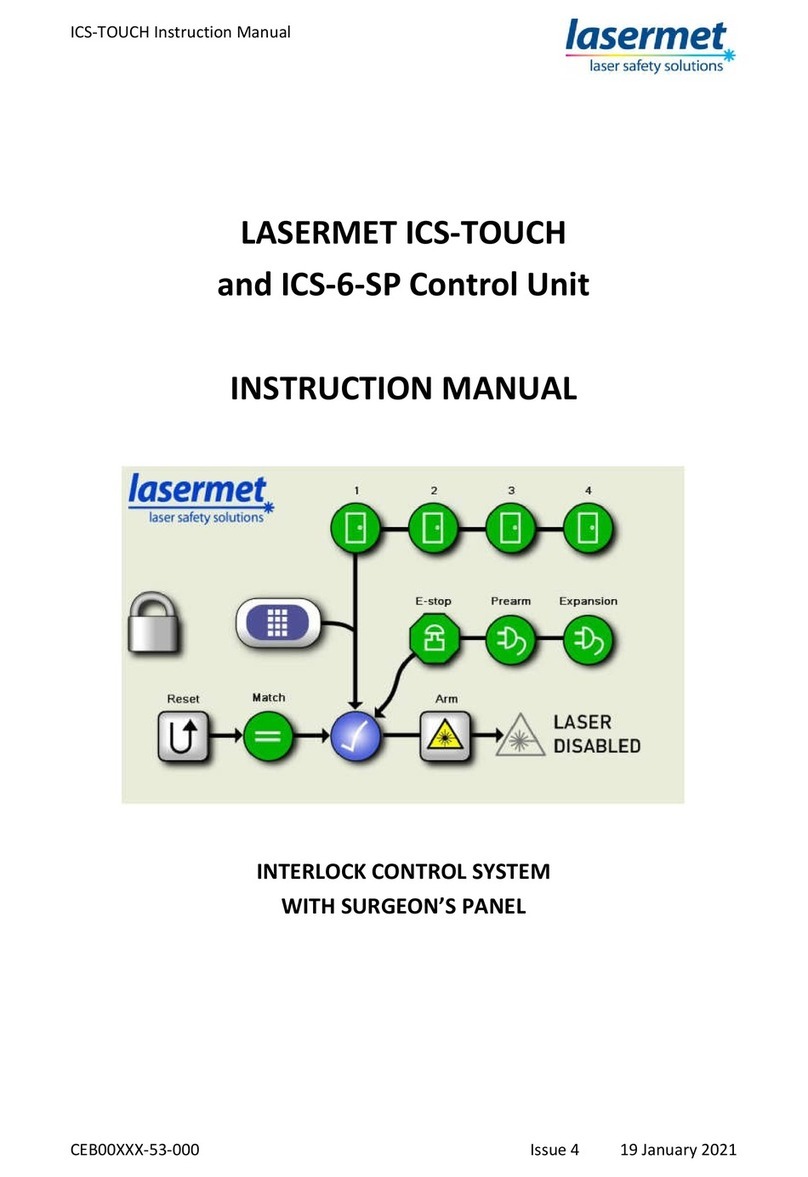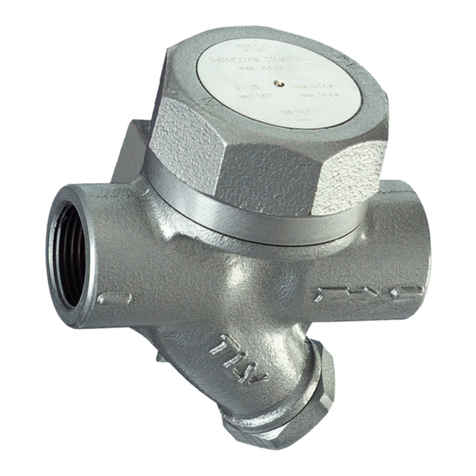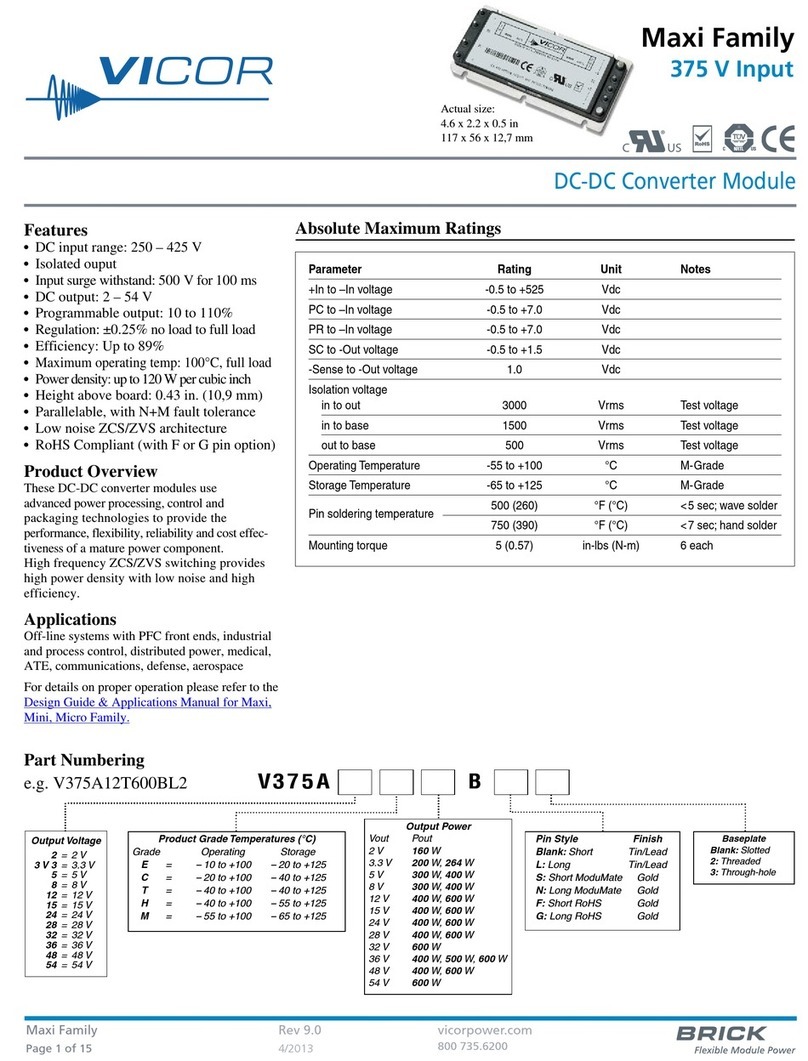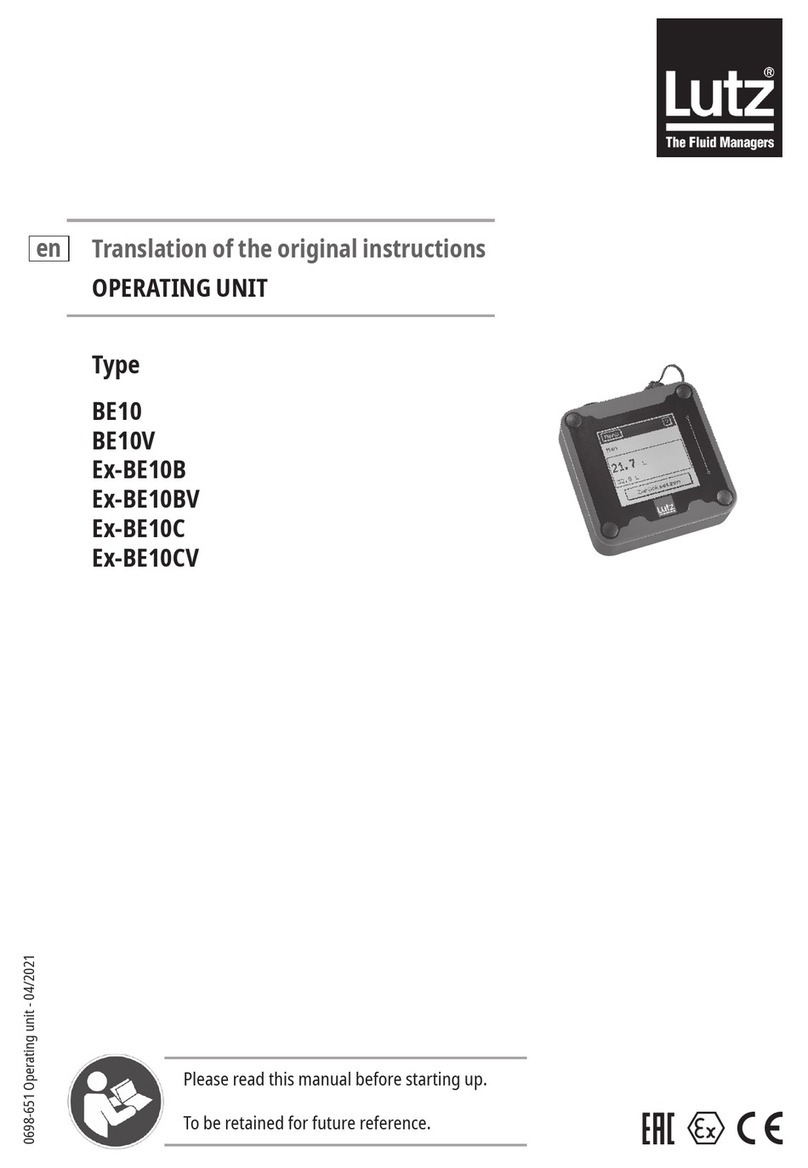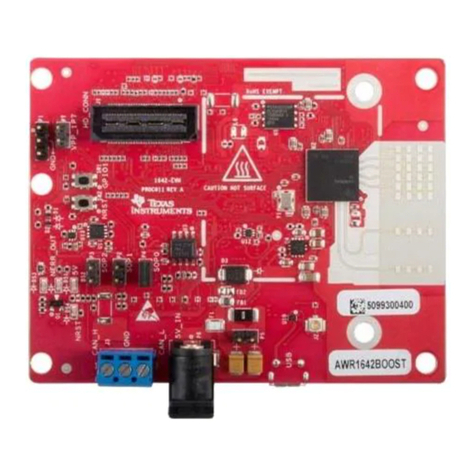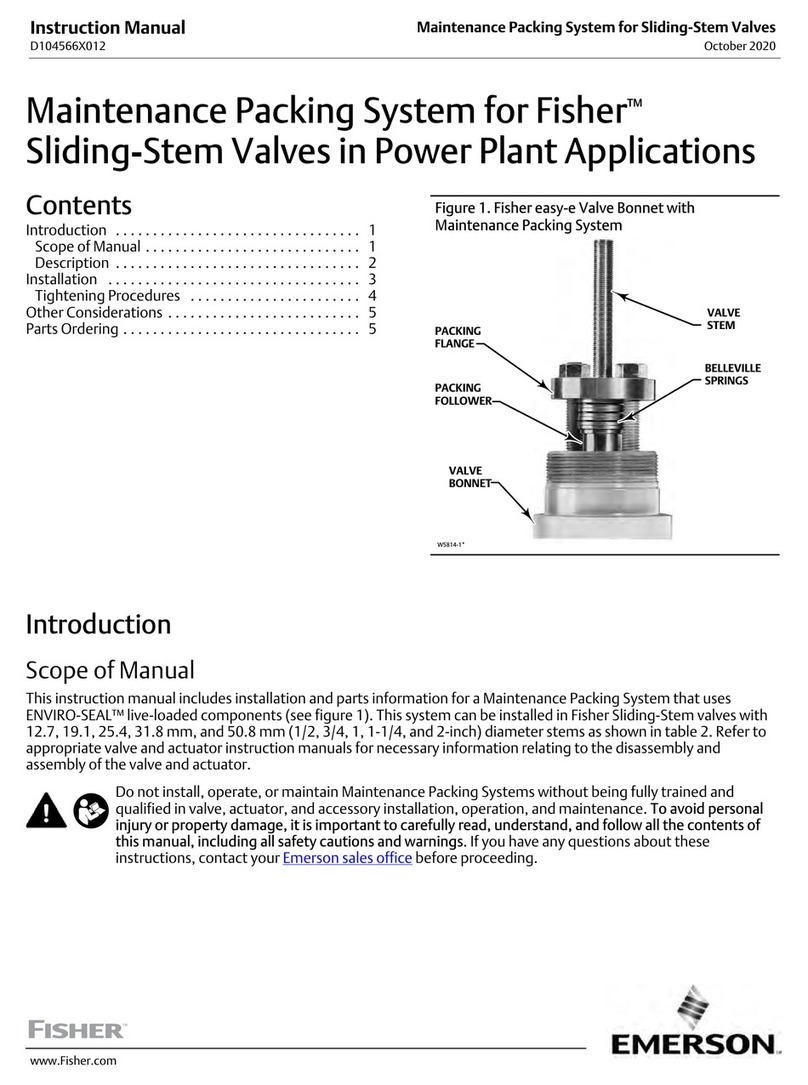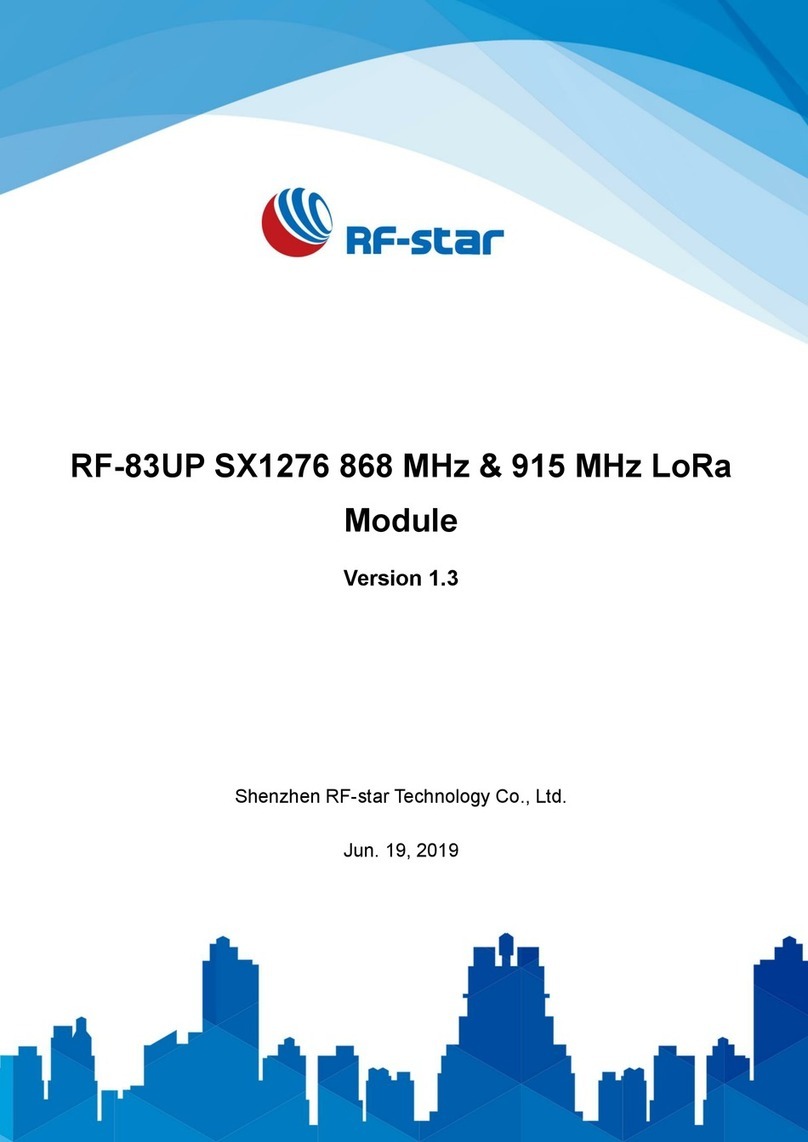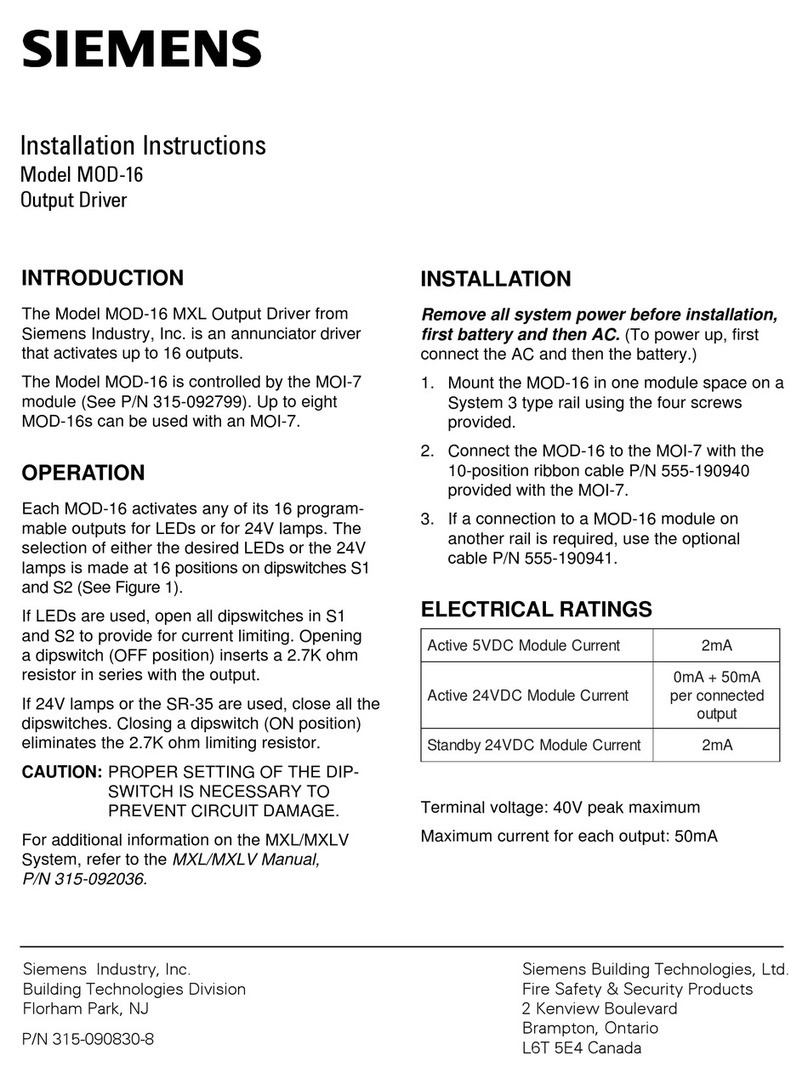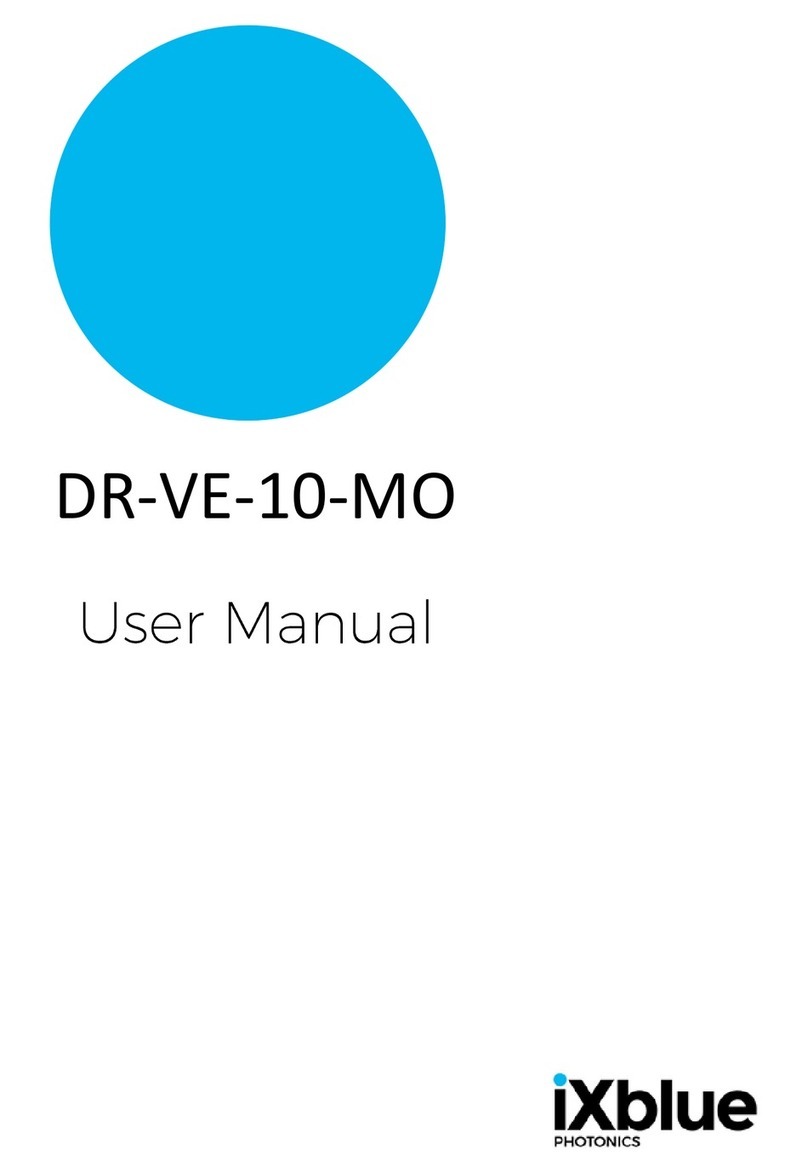Gemalto Cinterion EMS31 User manual

GEMALTO.COM/M2M
Getting Started with Cinterion®EMS31
User Guide
Version: 01b
DocId: EMS31_startup_guide_v01b

GENERAL NOTE
THE USE OF THE PRODUCT INCLUDING THE SOFTWARE AND DOCUMENTATION (THE "PROD-
UCT") IS SUBJECT TO THE RELEASE NOTE PROVIDED TOGETHER WITH PRODUCT. IN ANY
EVENT THE PROVISIONS OF THE RELEASE NOTE SHALL PREVAIL. THIS DOCUMENT CONTAINS
INFORMATION ON GEMALTO M2M PRODUCTS. THE SPECIFICATIONS IN THIS DOCUMENT ARE
SUBJECT TOCHANGEATGEMALTOM2M'SDISCRETION. GEMALTO M2M GMBH GRANTS A NON-
EXCLUSIVE RIGHT TO USE THE PRODUCT. THE RECIPIENT SHALL NOT TRANSFER, COPY,
MODIFY, TRANSLATE, REVERSE ENGINEER, CREATE DERIVATIVE WORKS; DISASSEMBLE OR
DECOMPILE THE PRODUCT OR OTHERWISE USE THE PRODUCT EXCEPT AS SPECIFICALLY
AUTHORIZED. THE PRODUCT AND THIS DOCUMENT ARE PROVIDED ON AN "AS IS" BASIS ONLY
AND MAY CONTAIN DEFICIENCIES OR INADEQUACIES. TO THE MAXIMUM EXTENT PERMITTED
BY APPLICABLE LAW, GEMALTO M2M GMBH DISCLAIMS ALL WARRANTIES AND LIABILITIES.
THE RECIPIENT UNDERTAKES FOR AN UNLIMITED PERIOD OF TIME TO OBSERVE SECRECY
REGARDING ANY INFORMATION AND DATA PROVIDED TO HIM IN THE CONTEXT OF THE DELIV-
ERY OF THE PRODUCT. THIS GENERAL NOTE SHALL BE GOVERNED AND CONSTRUED
ACCORDING TO GERMAN LAW.
Copyright
Transmittal, reproduction, dissemination and/or editing of this document as well as utilization of its con-
tents and communication thereof to others without express authorization are prohibited. Offenders will be
held liable for payment of damages. All rights created by patent grant or registration of a utility model or
design patent are reserved.
Copyright © 2017, Gemalto M2M GmbH, a Gemalto Company
Trademark Notice
Gemalto, the Gemalto logo, are trademarks and service marks of Gemalto and are registered in certain
countries. Microsoft and Windows are either registered trademarks or trademarks of Microsoft Corpora-
tion in the United States and/or other countries. All other registered trademarks or trademarks mentioned
in this document are property of their respective owners.
EMS31_startup_guide_v01b 2017-10-19
Confidential / Released
Getting Started with Cinterion®EMS31
2
Page 2 of 17
User Guide: Getting Started with Cinterion®EMS31
Version: 01b
Date: 2017-10-19
DocId: EMS31_startup_guide_v01b
Status: Confidential / Released

Getting Started with Cinterion®EMS31
Contents
17
EMS31_startup_guide_v01b 2017-10-19
Confidential / Released
Page 3 of 17
Contents
0 Document History...................................................................................................... 4
1 Introduction.................................................................................................................5
1.1 Supported Products...........................................................................................6
1.2 Related Documents ...........................................................................................6
2 Getting Started with EMS31.......................................................................................7
2.1 Technical Requirements for Using EMS31 Modules .........................................7
2.2 Connecting the EMS31 Evaluation Module to the DSB75.................................8
2.3 Start Up the Module.........................................................................................11
3 Appendix: AH6-DSB75 Adapter...............................................................................12
4 Appendix: Circuit Diagrams for Evaluation Module Board...................................14

Getting Started with Cinterion®EMS31
0 Document History
4
EMS31_startup_guide_v01b 2017-10-19
Confidential / Released
Page 4 of 17
0 Document History
Preceding document: "Getting Started with Cinterion®EMS31" Version 01a
New document: "Getting Started with Cinterion®EMS31"Version 01b
Preceding document: "Getting Started with Cinterion®EMS31" Version 01
New document: "Getting Started with Cinterion®EMS31"Version 01a
New document: "Getting Started with Cinterion®EMS31" Version 01
Chapter What is new
4Replaced circuit diagrams.
Chapter What is new
Throughout
document ASC1 interface replaced with ASC0 as default interface for SW upgrade.
2.3 Baudrate 921600 changed to 115200.
Chapter What is new
--- Initial document setup.

Getting Started with Cinterion®EMS31
1 Introduction
11
EMS31_startup_guide_v01b 2017-10-19
Confidential / Released
Page 5 of 17
1 Introduction
This document describes a ready-to-use development and test environment for the Cinterion®
EMS31 SMT modules.
The development and test environment comprises the following hardware components
• EMS31 evaluation module (for supported products see Section 1.1)
The EMS31 evaluation module consists of the actual EMS31 SMT module soldered onto a
PCB with a board-to-board connector and U.FL antenna connector. For EMS31 evaluation
module board schematics see Section 4.
• DSB75 Development Support Board
The EMS31 evaluation module needs to connect to an adequate carrier board such as the
DSB75. A detailed DSB75 hardware interface description and operating instructions can be
found in [3].
• AH6-DSB75 Adapter.
The AH6-DSB75 Adapter is used to mount the EMS31 evaluation module to the DSB75.
The purpose of this document1is to guide you through the process of connecting the hardware,
installing the supplied drivers for Microsoft®Windows 7 and getting started with EMS31.
Note: The hardware components listed above as part of a development and test environment
are also mentioned in [2] as part of the comprehensive reference equipment used by Gemalto
M2M for type approval. For general development and test purposes however, there is alterna-
tive equipment available: The DSB75 may be replaced by the DSB-Mini (for details see [4]),
the AH6-DSB75 Adapter by the StarterKit B80, either plugged onto the DSB-Mini or as astand-
alone device (for more information see [5]).
1. The document is effective only if listed in the appropriate Release Notes as part of the technical docu-
mentation delivered with your Gemalto M2M wireless module.

Getting Started with Cinterion®EMS31
1.1 Supported Products
11
EMS31_startup_guide_v01b 2017-10-19
Confidential / Released
Page 6 of 17
1.1 Supported Products
This document applies to the following Gemalto M2M modules:
•Cinterion
®EMS31-V Module
•Cinterion
®EMS31-US Module
EMS31 in this document refers to all of the above mentioned product variants. Where neces-
sary a note is made to differentiate between these product variants.
1.2 Related Documents
[1] EMS31 AT Command Set
[2] EMS31 Hardware Interface Description
[3] DSB75 Development Support Board Hardware Interface Description
[4] DSB-Mini User Guide
[5] Starter Kit B80 User Guide

Getting Started with Cinterion®EMS31
2 Getting Started with EMS31
11
EMS31_startup_guide_v01b 2017-10-19
Confidential / Released
Page 7 of 17
2 Getting Started with EMS31
2.1 Technical Requirements for Using EMS31 Modules
• EMS31 evaluation module. For EMS31 evaluation module schematics see Appendix: Cir-
cuit Diagrams for Evaluation Module Board
• Computer running Windows 7, USB 2.0 High Speed compatible
• Local administrator privileges on the particular Windows computer to install and uninstall
the drivers
• DSB75 Development Support Board (for details see [3])
• AH6-DSB75 Adapter required for mounting the evaluation module to the DSB75. For more
information about the AH6-DSB75 Adapter please refer to Appendix: AH6-DSB75 Adapter.
• Accessories:
- 50 Ohms antenna adapter cables with SMT connectors to connect the U.FL connectors
on the EMS31 evaluation module to the U.FL connectors on AH6-DSB75 Adapter (e.g.
a Hirose - Hirose cable such as delivered with each DSB75) - 1 for the main antenna
(RF_OUT).
- External 50 Ohms RF antenna with SMA connector to connect the SMA connectors on
the AH6-DSB75 Adapter (e.g. a SMARTEQ MiniMag antenna such as delivered with
each DSB75)
- 9 to 15 Volts power supply applied at the DSB75 for powering up the DSB75 and the con-
nected EMS31 evaluation module (not supplied by Gemalto M2M)
- RS-232/USB converters and USB cables or Serial-to-USB cables for the module's asyn-
chronous serial interfaces ASC0 and ASC1 (not supplied by Gemalto M2M).
• Appropriate application for controlling the module from within a PC’s operating system. For
Windows, e.g. Windows Hyperterminal, PuTTy.

Getting Started with Cinterion®EMS31
2.2 Connecting the EMS31 Evaluation Module to the DSB75
11
EMS31_startup_guide_v01b 2017-10-19
Confidential / Released
Page 8 of 17
2.2 Connecting the EMS31 Evaluation Module to the DSB75
To properly connect the EMS31 evaluation module and all accessories to the DSB75 please
complete the steps listed below. The complete setup with the evaluation module mounted onto
the AH6-DSB75 Adapter and the AH6-DSB75 Adapter connected to the DSB75 is shown in
Figure 2.
• Ensure that all jumpers and slide switches on the DSB75 are set to their default positions
as shown in Figure 1 and in [3].
• Attach the 80-pin header of the AH6-DSB75 Adapter to the 2x40-pin connector (X101/
X202) located on the DSB75. Take gentle care that all pins are aligned correctly, then press
down evenly on the adapter until it is firmly seated.
• Remove the knurled nuts from the AH6-DSB75 Adapter.
• Mount the EMS31 evaluation module onto the 80-pin board-to-board connector X120 of the
AH6-DSB75 Adapter.
• Fasten the knurled nuts to secure the module to the AH6-DSB75 Adapter.
• Use the small antenna cables to connect the U.FL RF connector for the main antenna on
the EMS31 evaluation module to the U.FL-R SMT connector on the AH6-DSB75 Adapter:
- for main antenna connect to X391.
• Screw the external antenna to the appropriate SMA connectors on the AH6-DSB75
Adapter:
- Main antenna to X390
• Insert the SIM card into the card reader located at the AH6-DSB75 Adapter.
Note: Do not use the SIM card reader of the DSB75 Support Board.
• To employ the module’s asynchronous serial interfaces ASC0 and/or ASC1, connect the 9-
pin SubD connectors on the DSB75 to the PC’s USB ports using the RS-232/USB convert-
ers and USB cables or Serial-to-USB cables. Use COM1 (X201) for the first serial interface
ASC0 and/or COM2 (X202) for second serial interface ASC1.
• Make sure that the power supply adapter delivers 12 Volts, and connect the power cables
to the red (X400 = BATT+) and black (X401 = Ground) connectors of the DSB75 Support
Board.
After connecting the EMS31 evaluation module to the DSB75 the module can be switched on.
The initial startup is described in Section 2.3.

Getting Started with Cinterion®EMS31
2.2 Connecting the EMS31 Evaluation Module to the DSB75
11
EMS31_startup_guide_v01b 2017-10-19
Confidential / Released
Page 9 of 17
Figure 1: DSB75 configuration
X202 X201 X205
X400X401
X110
X120
S112
S110
X121
S111
C413
X410
X411
X405
C415
C414
X510
X511
X551X552
X122
S601
X602
X710 TP105
X700
S714
S715
S710
S711
V430V431
X505
X506
TP106
X100
X503X502
X501
X500
S307
S305S303S301
S300 S302 S304 S306
S713 S712
S717 S716
S730
S731
S420
TP104
X420 X421
X101 X102
S201 S200
X554
X703
X561
X560
X562
S504
S503
S502
TP501
TP502
S501S500
S457S452
S456
S455
S453
S454
S450
S460
S451
S461
S462
S464
S465
S463
S466
S469
S459
S467
S458 S468
1
2
31
2
31
2
3
1
10
12
3
12
3
12
3
12
3
12
3
12
3
39
40
1
2
1
2
31
2
3
1
2
31
2
3
1
2
31
2
3
3
2
13
2
13
2
13
2
1
3
2
13
2
13
2
13
2
1
1
2
3
4
8
456 7
123
18
1
11 1
2
3
13
13
13
1
12
1
1
5
1
12
3
1
1
12
3
12
312
3
12
3
12
3
12
3
12
312
3
12
3
12
312
312
3
12
312
3
12
312
312
3
12
3
12
3
12
3
1
2
3
1
2
3
1
2
3
1
1
11
1
11
1 4 2 3
15
69
15
69
15
69
39
40 1
2
1
1
1
2
2
910
910
2
9
123
456
X203
1
X206
X204
1
1
X600
1
DSB75
S421
(X701 bottom side)

Getting Started with Cinterion®EMS31
2.2 Connecting the EMS31 Evaluation Module to the DSB75
11
EMS31_startup_guide_v01b 2017-10-19
Confidential / Released
Page 10 of 17
Figure 2: Module mounted onto AH6-DSB75 Adapter and connected to DSB75
EMS31 Evaluation module
AH6-DSB75 Adapter
RS-232 cable at
COM2 (X202) for
ASC1
Antenna cable
linking U.FL
antenna connector
50 Ohms
RS-232 cable at
COM1 (X201) for
ASC0
RF main antenna
U.FL connector
Power supply
(X400/X401)
Main
SMA connector (X390)
RF main antenna
U.FL connector (X391)
for main antenna

Getting Started with Cinterion®EMS31
2.3 Start Up the Module
11
EMS31_startup_guide_v01b 2017-10-19
Confidential / Released
Page 11 of 17
2.3 Start Up the Module
After connecting the EMS31 evaluation module to the DSB75 as described in Section 2.2, the
module can be switched on. Note: ASC0 serial interface is set as a default interface for firm-
ware upgrade and AT commands execution.
• Start the Windows PC.
• The module is switched ON automatically after the power supply is connected to DSB75
board.
• To connect to the EMS31 evaluation module via asynchronous serial interface, for example
ASC0, check for the port that is connected to the DSB75’s COM2 X201 via RS-232/USB
converter and USB cable or via Serial-to-USB cable, call a terminal program on the PC and
connect to the EMS31 evaluation module using the following initial settings:
- Bits per seconds: 115200
- Data bits: 8
- Parity: None
- Stop bits:1
- Flow control: Hardware
Type the AT command ATI to display module identification information.
Figure 3: Connection via ASC0 interface
For a complete AT Command Set description see [1]. This includes ATcommands to configure
the communication interfaces.

Getting Started with Cinterion®EMS31
3 Appendix: AH6-DSB75 Adapter
16
EMS31_startup_guide_v01b 2017-10-19
Confidential / Released
Page 12 of 17
3 Appendix: AH6-DSB75 Adapter
The EMS31 Evaluation Module connects to the 80-pin board-to-board connector X120 on top
of the AH6-DSB75 Adapter. The 2x40-pin header X101/X102 of the DSB75 Support Board
connects to the 80-pin female connector X135 located on the back of the AH6-DSB75 Adapter.
By default, when shipped from factory, all jumpers on the AH6-DSB75 Adapter are set for use
with EMS31, see Figure 5.
The adapter is illustrated in Figure 4 and Figure 5.
Figure 4: AH6-DSB75 Adapter with default jumper positions
X135 (test points on top
and connector on bottom)
X308/X309
X305
X311
Handset jack X310
TTY jack X307
SMA antenna connectors
X390, X351, X353
SIM interface X171
SIM card reader X170
80-pin board-to-board connector X120
X350
X352
X391

Getting Started with Cinterion®EMS31
3 Appendix: AH6-DSB75 Adapter
16
EMS31_startup_guide_v01b 2017-10-19
Confidential / Released
Page 13 of 17
Figure 5: AH6-DSB75 Adapter - connectors, jumpers
X311
Relay
Relay
X391
X390 X351 X353
X171 2
1
14
13
X310 X307
2
1
X352
1
41
40
2
X350
1
2
79
80
X135
MICN1D
MICP1D
MICN1
EPN1
EPP1
MICP1D
EPP1
MICN1D_I
MICP1D_I
MICP1
EPN1_I
EPP1_I
MICP1_TT
Y
EPP1_TTY
CCIO
CCRST
GND
GND
VSIM
CCCL
K
CCIN
DCD0
IGT
BATT+ 1 2 GND
BATT+ 5 6 GND
BATT+ 3 4 GND
BATT+ 7 8 GND
BATT+ 9 10 GND
11 12
RING0 13 14
DSR0 15 16
VDDLP
RTS0 17 18 TXD0
DTR0 19 20 TXD1
RTS1 21 22 RXD0
CTS0 23 24 RXD1
CTS1 25
DCD0 27 28
33
35
39 40
37 38
41 42
43 44
45 46
47 48
49 50
51 52
53 54
55 56
57 58
59 60
61 62
63 64
65 66
67 68
69 70
71 72
73 74 GND
PWR_IND
75 76
77 78
GND 79 80 GND
13
14
SIM card reader
X170 USB jack
X306
at bottom side
SMA SMA SMA Audio TTY
Audio
B2B connector X 120
ANT3 ANT2
UMTS RDX ANT1
GSM, UMTS,
RX/TX
X305
X309
X317
21
1413
ADC1_IN
X318 X319
X320 X321 X322
X308
ADC1_IN
VDIGD
GND
VBUS
VBUS
LS_EN
GPIO10
GPIO9
GPIO7
GPIO5
GPIO6
GPIO3
GPIO1
ADC1_AD
ADC2_AD
ADGND
V300
V500
VUSB_IN
PWR_IND
GPIO10_D
GPIO9_D
GPIO7_AD
GPIO5_AD
GPIO8
GPIO4
GPIO2
AD1
AD2
VEXT
BATT+
MS
VMIC
MICN1
ADC1_AD
ADC2_AD
VCC
VCC
AGND
BIAS1
BIAS2
Pogo
pins
2
1
14
13
2
113
14
1
40
B2B connector X120
2
41
JP
JP
JP JP JP JP
RESERVE1
ICDAT_A
I2CCLK_A
I2CDAT
ICCLK
RXD2 TXD2
DAI5
VMIC
EPP
EPN
GND
DAI4MICP_D
MICN_D 36 PCM_CLK
AGND 34 PCM_FSC
IGT 31
EMERGOFF 29 32 PCM_IN
30 PCM_OUT
26 SYNC
VEXT (2.9V)
Marking: “AH6-DSB75
Adapter”
GPS
X323
X325
X327
X324
X326
X328
SMP.
JP
JP
JP
JP
JP
JP
JP

Getting Started with Cinterion®EMS31
4 Appendix: Circuit Diagrams for Evaluation Module Board
16
EMS31_startup_guide_v01b 2017-10-19
Confidential / Released
Page 14 of 17
4 Appendix: Circuit Diagrams for Evaluation Module Board
Figure 6: Schematic sheet 1
VSIM_I
0R
R111
0R
R112
0R
R113
0R
R114
CCIO
VSIM
CCRST
CCCLK
CCRST_I
CCIO_I
CCCLK_I
4k7
R125
I2CCLK
GPIO14
GPIO5
VSIM_I
DCD0
VUSB
GPIO8
DSR0
RXD2
TXD1
GPIO7
RXD1
CCCLK_I
CTS1
RTS1
GPIO6
RTS2
EMERG_RST
VCORE
I2CDAT
CTS2
FAST_SHDWN
TXD2
DTR0
0R
R103
GPIO13
GPIO12
GPIO11
CCIO_I
CCIN_I
VRTC
CCRST_I
CCIO
NC
GND
CCCLK
CCRST
CCVCC
X107
6
5
4
3
2
1
0R
R140
0R
R143
0R
R141
0R
R144
0R
R136
0R
R138
0R
R137
0R
R139
GND GND
GNDGND
1n
C122
2u2
C109
GND GND
2u2
C118
CCIO_I
0R
R151
GND
ESDA6V1-5P6
V204
2
1
34
5
6
BATT_PWR
0R
R102
CTS0
GND
GPIO8
GND
CCCLK2
0R
R116
C101
22u
VUSB
GND
RXD1
SPI_CS1
0R
R142
TXD1
TXD0
100k
R104
CTS1
FAST_SHDWN
CCIO_I
SPI_MOSI
0R
R120
C100
22u
GND
GND
0R
R127
SPI_CS2
GND
T9
CCRST_I
EPN1
VSIM_I
GND GND
CCCLK_I
GPIO5
USB_DN
GND
CCRST_I
USB_DP
GND
EPP1
0R
R154
GPIO15
GND
T4
18p
C126
BATT_PWR
0R
R153
T7
22n
L102
DIV_RX_ANT
0R
R152
X104
23
1
18p
C125
0R
R108
X103
23
1
18p
C106
V180_INT
DBG_UART_TXD
RTS0
DBG_UART_RXD
RTCK
CCRST2
CCIO2
SPI_CS1
ON
222
221
33
32
31
30
29
28
27
26
25
24
23
22
21
20
220
219
218
217
216
215
214
213
212
211
210
209
208
207
206
205
204
203
202
201
223
224
225
226
227
228
229
230
231
232
233
234
235
236
237
238
239
240
241
242
53
54
55
56
57
58
59
60
61
62
63
64
65
66
243
244
X100
222
221
33
32
31
30
29
28
27
26
25
24
23
22
21
20
220
219
218
217
216
215
214
213
212
211
210
209
208
207
206
205
204
203
202
201
223
224
225
226
227
228
229
230
231
232
233
234
235
236
237
238
239
240
241
242
53
54
55
56
57
58
59
60
61
62
63
64
65
66
243
244
CCCLK_MIM
T6
2u2
C108
SPI_MISO
T2
TXD0
GND
VRTC
RING0
SWP
SPI_MOSI
GND
GND GND
TMS
GND
GPIO7
2u2
C117
GND
DTR0
RXD0
X102
23
1
CCIO_MIM/CCVCC2
GND
GND
GND
18p
C124
GND
DSR0
GND
CRST_MIM/CCIN2
SPI_CLK
18p
C127
RING0
86
85
84
83
82
81
80
79
78
77
76
75
74
73
72
71
70
69
68
67
87
88
89
90 91
92
93
94
95
96
97
98
99
100
101
102
103
104
105
106
245
246
247
248
249
250
251
252
X100
86
85
84
83
82
81
80
79
78
77
76
75
74
73
72
71
70
69
68
67
87
88
89
90 91
92
93
94
95
96
97
98
99
100
101
102
103
104
105
106
245
246
247
248
249
250
251
252
CCIN_I
ADC1
CTS0
22n
L100
CCRST2
SPI_CS2
GND
GND
X100
19
19
18
18
17
17
16
16
15
15
14
14
13
13
12
12
11
11
10
10
9
9
8
8
7
7
6
6
5
5
4
4
3
3
2
2
1
1
34 34
35 35
36 36
37 37
38 38
39 39
40 40
41 41
42 42
43 43
44 44
45 45
46 46
47 47
48 48
49 49
50 50
51 51
52 52
RTS0
DCD0
TDO
GPIO6
CCCLK2
SPI_MISO
GND
TDI
220n
C121
0R
R126
AGND
DIV_RX_ANT
CRST_MIM/CCIN2
SPI_CLK
RXD0
GND
GND
ON
GND
T8
CCIO_MIM/CCVCC2
GPIO11
GND
TCK
T5
GND
CCIO2
GND
TRST
GND
CCCLK_MIM
0R
R101
SWP
V180_1
RTS0
10k
R105
15k
R106
GND GND
10k
R107
RTS1
15k
R109
X101
12
34
56
78
910
11 12
13 14
15 16
17 18
19 20
21 22
23 24
25 26
27 28
29 30
31 32
33 34
GND GND
47u
C103
47u
C102
FFF_FFH FFF_FFH GPIO12
SPI_CS3
SPI_CS4
SPI_CS4
SPI_CS3
0R
R182
0R
R183
TP110
V180_INT
V180_EXT
V180
0R
R184
0R
R185
0R
R186
TP111
TP112
0R
R190
CCIO2
CCCLK2
CCRST2
CCIO_MIM/CCVCC2
0R
R191
0R
R192
0R
R193
CCIO2
CCCLK2
CCRST2
CCIO_MIM/CCVCC2
CRST_MIM/CCIN2
CCCLK_MIM
0R
R199
0R
R198
0R
R197
CRST_MIM/CCIN2
0R
R194
GND
220k
R195
V180
0R
R196
UFL_ANT_CON_NI
1n
C180
GND
0R
R177
GND
1n
C181
100k
R170
V180
100k
R171
100k
R172
GND GND
820R
R181
1k5
R180
GND
HSIC_STRB
HSIC_DATA
DIV RX POGO
LGA FOOTPRINT
(Close to X107)
NOTE! Either R184 or R185 can be populated. Never both of them.
Note: Circuit elements marked blue are not (yet)
populated on the EMS31 evaluation module
boards, and thus reserved for future use.
Black circuit elements apply to the complete
EMS31 family - though not every feature/pad is
supported by every product.

Getting Started with Cinterion®EMS31
4 Appendix: Circuit Diagrams for Evaluation Module Board
16
EMS31_startup_guide_v01b 2017-10-19
Confidential / Released
Page 15 of 17
Figure 7: Schematic sheet 2
Note: Circuit elements
marked blue are not
(yet) populated on the
EMS31 evaluation
module boards, and
thusreservedforfuture
use.
Black circuit elements
apply to the complete
EMS31 family - though
not every feature/pad is
supported by every
product.
BATT+_DSB
22p
C200
RING0
GND
GND
ADC1
AD2
ESDA6V1-5P6
V200
2
1
34
5
6
BC847PN
V201
B1
2
5
B2
6
C1
3
C2
1
E1
E2
4
220n
C201
100k
R205
100k
R202
VSIM
GND
CCIN CCCLK
CCIO
GND
V180
CCIN_I
GND
X202
10
1
9
8
7
6
5
4
3
2
11
20
19
18
17
16
15
14
13
12
100k
R223
GND
10k
R221
TFSDAI
RXD0
RXDDAI
RTS1
RTS0
DSR0
CCRST
TXD0
VRTC
GND
RXD1
10k
R220
CTS1
EMERG_RST
AGND
DTR0 TXD1
DCD0
MICP1
MICN1 SCLK
GPIO5
CTS0
IGT
TXDDAI
0R
R227
51R
R234
51R
R235
51R
R236
51R
R238
51R
R239
51R
R240
51R
R241
51R
R246
51R
R247
51R
R248
22p
C214
51R
R249
51R
R250
22p
C217
22p
C218
22p
C220
22p
C221
22p
C222
22p
C223
51R
R252
51R
R253
51R
R254
51R
R255
120R
L202
51R
R259
22p
C229
GND
CTS1_I
RING0_I
0R
R268
0R
R269
0R
R270
0R
R274
0R
R266
0R
R264
0R
R224
0R
R262
0R
R267
0R
R265
0R
R263
2k2
R275
2k2
R276
0R
R278
470R
R237
10k
R218
10k
R219
AD1
100n
C312
100n
C313
0R
R213
ON
GPIO6
22p
C202
2k2
R225
GND
GND
51R
R244
GND
2k2
R211
GND
GPIO14
22p
C206
22p
C207
22p
C228
GND
CCIN
1k
R201
GPIO13
GND
TRST
22p
C211
GND
0R
R277
GND
ON
GND
VMIC
GND
RTS2
GPIO11
GPIO8
CTS2
GND
GND
22p
C224
22p
C205
GND
GND
4k7
R216
GND
CCCLK
EMERG_RST
22p
C231
150k
R206
RXD2
GPIO12
22p
C215
22k
R214
CCRST
GND
GND
22p
C216
51R
R279
USB_DN
22p
C234
22p
C226
IGT
GND
51R
R242
FAST_SHDWN
GND
22p
C233
GND
V180
TCK
AD1
GND
GND
GND
51R
R258
GND
51R
R257
ON2
GND
V180
AD2
22p
C227
I2CDAT
120R
L203
22p
C225
GND
GPIO7
VCORE
GND
22p
C203
GPIO15
USB_DP
V180
GND
CCIN_I
51R
R284
V180
GND
VUSB
GND
I2CCLK
KINGSTON
RTCK
BC847PN
V202
B1
2
5
B2
6
C1
3
C2
1
E1
E2
4
PWR_IND
GND
22p
C210
TMS
X201
1
10
11
12
13
14
15
16
17
18
19
2
20
21
22
23
24
25
26
27
28
29
3
30
31
32
33
34
35
36
37
38
39
4
40
41
42
43
44
45
46
47
48
49
5
50
51
52
53
54
55
56
57
58
59
6
60
61
62
63
64
65
66
67
68
69
7
70
71
72
73
74
75
76
77
78
79
8
80
9
CCIO
GND
TDO
-1 - 1 %
220k
R228
GND
EPP1
EPN1
22k
R208
22p
C204
22p
C232
PWR_IND
GND
120R
L201
VSIM
51R
R245
22p
C212
GND
-1 - 1 %
220k
R229
GND
100k
R215
TDI
GND
100k
R210
GND
51R
R256
51R
R243
TXD2
GND
BC847
V203
2
B1 B2
5
C1
6
3
C2
E1
1
E2
4
VCORE
22p
C230
GND
20k
R289
12p
C208
GND
0R
R203
0R
R204
GND
BATT+_DSB
0R
R207
0R
R209
V180_1
0R
R296
GND
220k
R280
VIN_1
HEATSINK
VOUT
VIN_2
GND
ADJ
LP38690SD-ADJ
D210
4
2
7
1
6
5
10k
R281
4k7
R282
1u
C281
1u
C280
GND GND GND
BATT+_DSB
GND
V180_EXT
0R
R290
V180

Getting Started with Cinterion®EMS31
4 Appendix: Circuit Diagrams for Evaluation Module Board
16
EMS31_startup_guide_v01b 2017-10-19
Confidential / Released
Page 16 of 17
Figure 8: Schematic sheet 3
BATT_PWR
0R
R310
BATT+_DSB
1u
C303
GND
GND GND
47u
C307
1u
C305
GNDGND
GND
47u
C304
BATT_PWR
47u
C311
47u
C302
47u
C306
TP302TP301

17
GEMALTO.COM/M2M
About Gemalto
Since 1996, Gemalto has been pioneering groundbreaking M2M and IoT products that keep our
customers on the leading edge of innovation.
We work closely with global mobile network operators to ensure that Cinterion®modules evolve
in sync with wireless networks, providing a seamless migration path to protect your IoT technology
investment.
Cinterion products integrate seamlessly with Gemalto identity modules, security solutions and licensing
and monetization solutions, to streamline development timelines and provide cost efficiencies that
improve the bottom line.
As an experienced software provider, we help customers manage connectivity, security and
quality of service for the long lifecycle of IoT solutions.
For more information please visit
www.gemalto.com/m2m, www.facebook.com/gemalto, or Follow@gemaltoIoT on Twitter.
Gemalto M2M GmbH
Werinherstrasse 81
81541 Munich
Germany
© Gemalto 2017. All rights reserved. Gemalto, the Gemalto logo, are trademarks and service marks of Gemalto and are registered in certain countries.
Table of contents
Other Gemalto Control Unit manuals
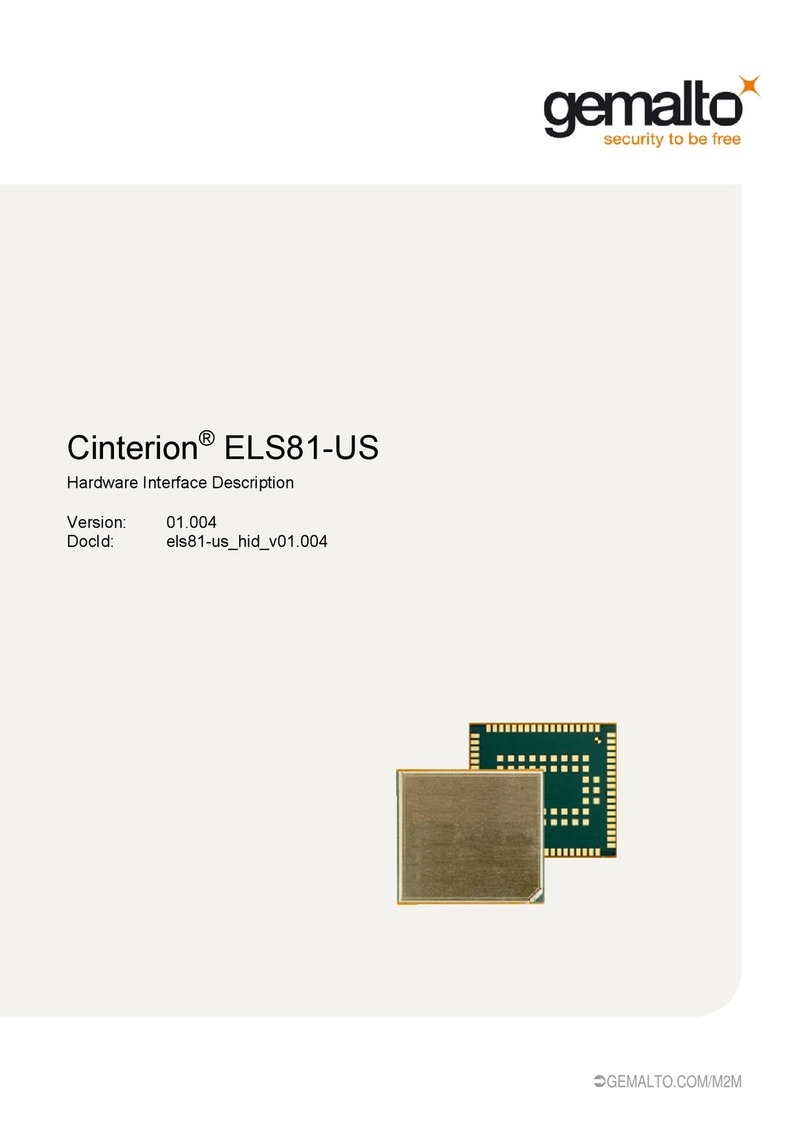
Gemalto
Gemalto Cinterion ELS81-US User manual
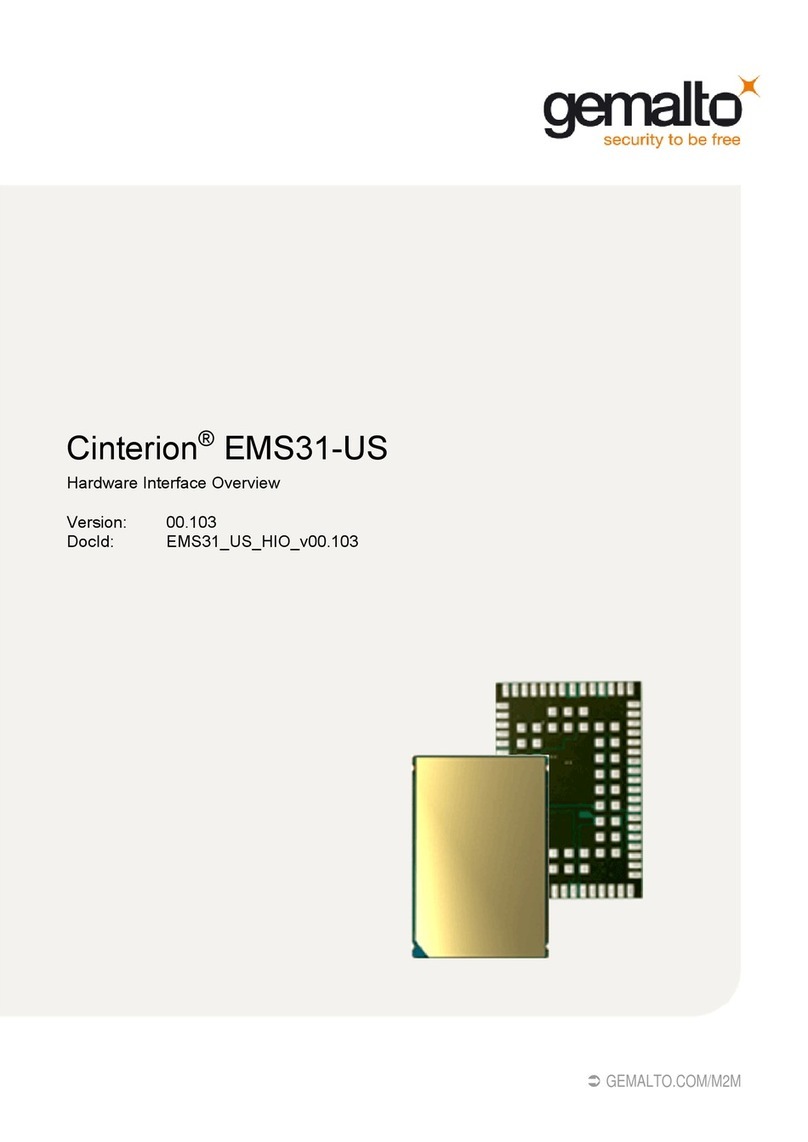
Gemalto
Gemalto Cinterion EMS31-US Installation guide
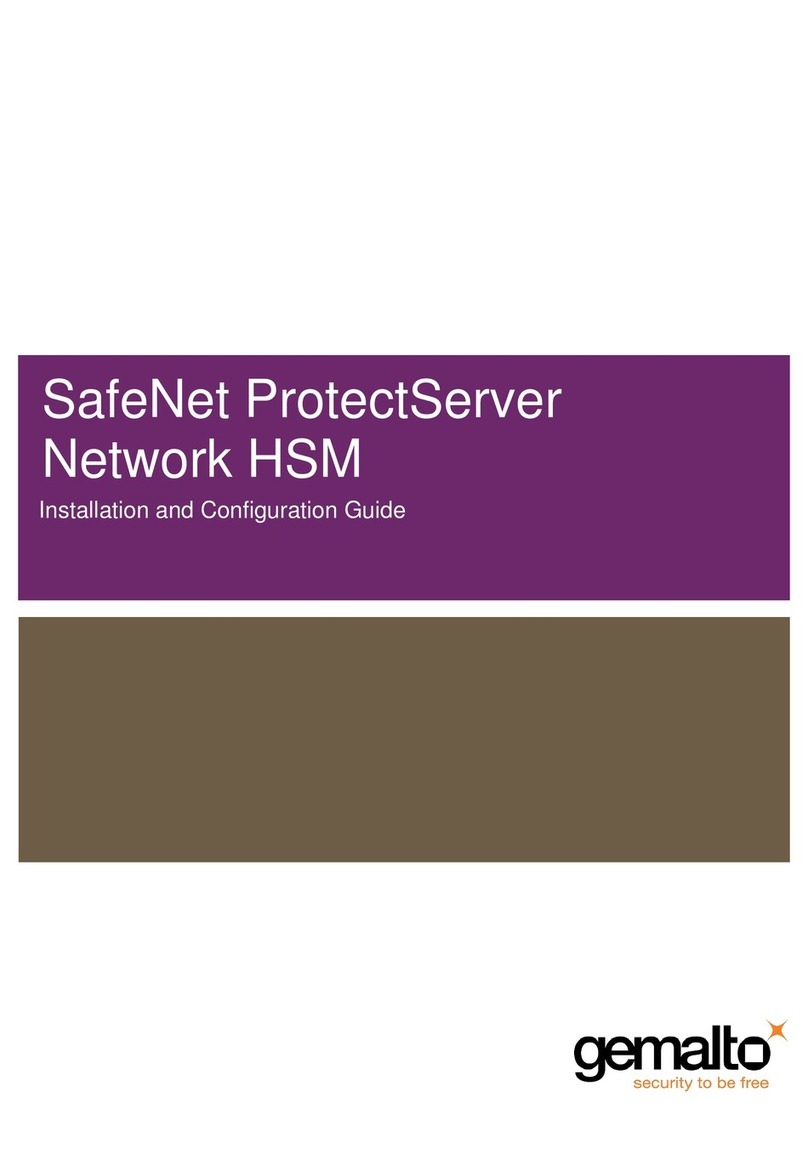
Gemalto
Gemalto SafeNet ProtectServer Operator's manual
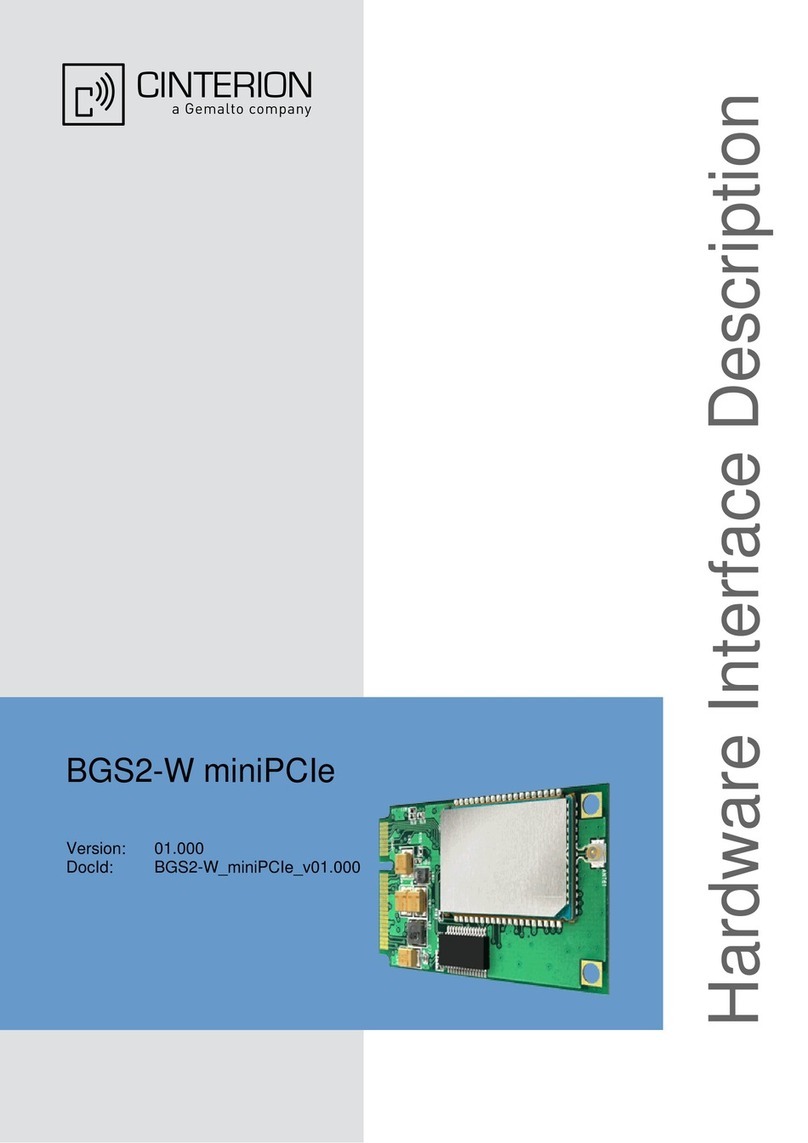
Gemalto
Gemalto Cinterion BGS2-W miniPCIe User manual
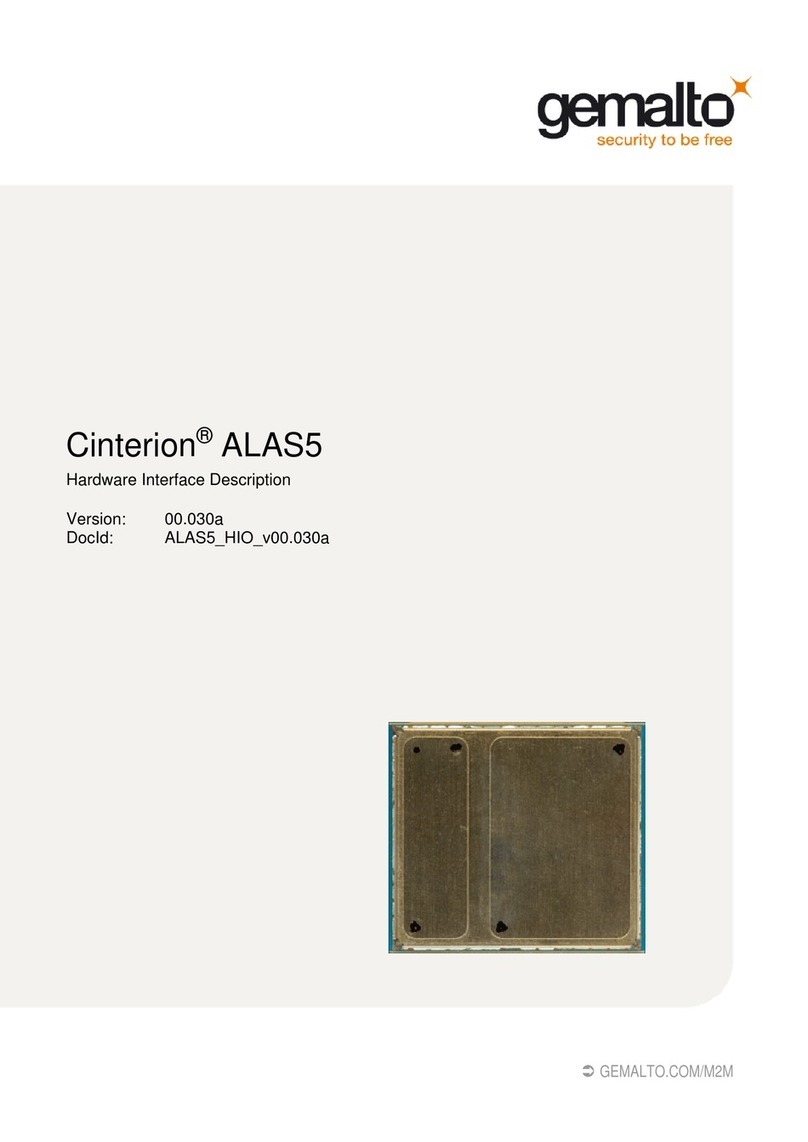
Gemalto
Gemalto Cinterion ALAS5 User manual
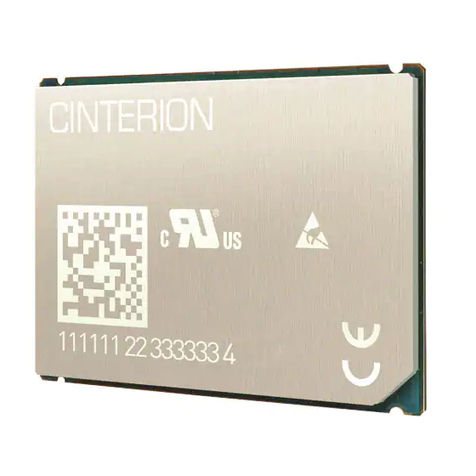
Gemalto
Gemalto Cinterion EMS31-V Installation guide
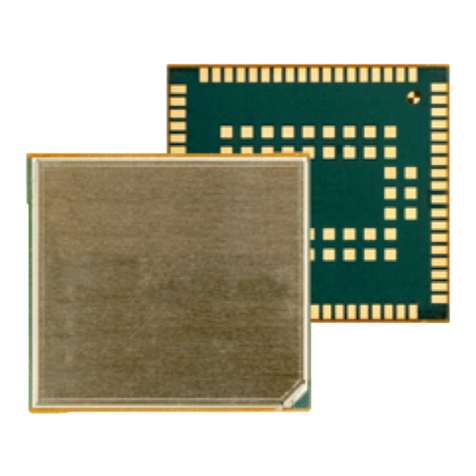
Gemalto
Gemalto Cinterion EHS6 Installation instructions
